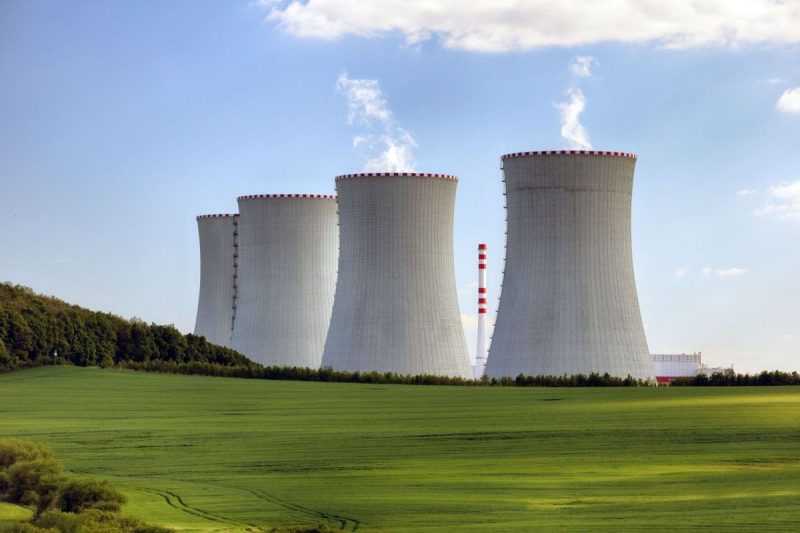The second quarter of 2024 saw significant fluctuations in the price of uranium, with various factors contributing to these changes. This article provides an in-depth review of the uranium market during this period, analyzing key developments and their implications.
Supply and Demand Dynamics
One of the primary drivers of uranium price changes in Q2 2024 was the evolving supply and demand dynamics in the market. On the supply side, several key uranium mines faced operational challenges, leading to a reduction in output. This constrained supply supported upward price movements, particularly in regions heavily reliant on imported uranium for nuclear power generation.
Simultaneously, the demand for uranium experienced fluctuations, influenced by global geopolitical events and shifts in energy policies. Several countries, including those with ambitious nuclear power expansion plans, contributed to the overall demand for uranium. However, uncertainties surrounding nuclear energy’s role in the future energy mix raised concerns about the long-term demand trajectory.
Geopolitical Developments
Geopolitical events played a significant role in shaping the uranium market landscape during Q2 2024. Tensions in regions rich in uranium reserves, such as Central Asia and Africa, led to supply disruptions and heightened market volatility. Moreover, trade disputes between major uranium-producing countries further complicated the market dynamics, impacting both supply chains and pricing trends.
Investor Sentiment and Market Speculation
The investor sentiment towards uranium also influenced its price movements in the second quarter of 2024. Speculative trading activities, driven by expectations of future uranium demand and supply imbalances, contributed to short-term price spikes and corrections. The rise of environmental, social, and governance (ESG) investing further influenced market participants’ decisions, with a focus on sustainability and responsible resource extraction practices.
Policy Changes and Regulatory Frameworks
Changes in nuclear energy policies and regulatory frameworks across various jurisdictions added another layer of complexity to the uranium market in Q2 2024. The evolution of nuclear energy regulations, especially in countries transitioning towards cleaner energy sources, created uncertainties for uranium investors and industry stakeholders. Moreover, discussions around nuclear waste management and decommissioning responsibilities impacted market perceptions of the sector’s long-term sustainability.
Emerging Trends and Market Outlook
Looking ahead, several trends are poised to shape the uranium market in the coming quarters. The growing interest in small modular reactors (SMRs) and advanced nuclear technologies could drive new demand for uranium, although deployment timelines and regulatory approvals remain key considerations. Additionally, ongoing efforts to secure domestic uranium supply chains and reduce reliance on imports are likely to influence market dynamics, fostering a more diversified and resilient uranium sector.
In conclusion, the uranium market in Q2 2024 witnessed significant fluctuations driven by supply and demand dynamics, geopolitical developments, investor sentiment, policy changes, and emerging trends. Understanding these interwoven factors is essential for stakeholders navigating the evolving landscape of the uranium industry.
